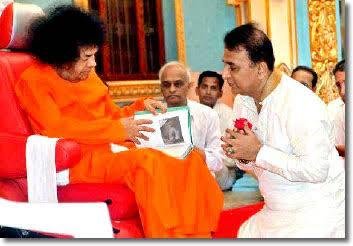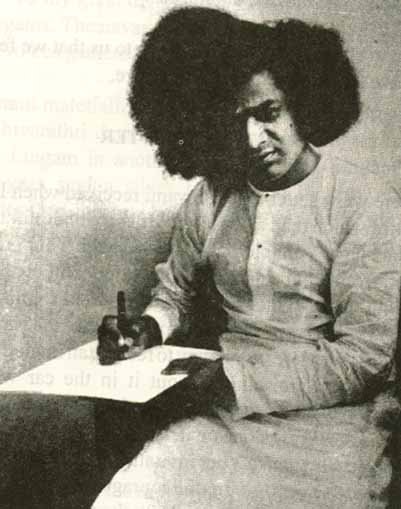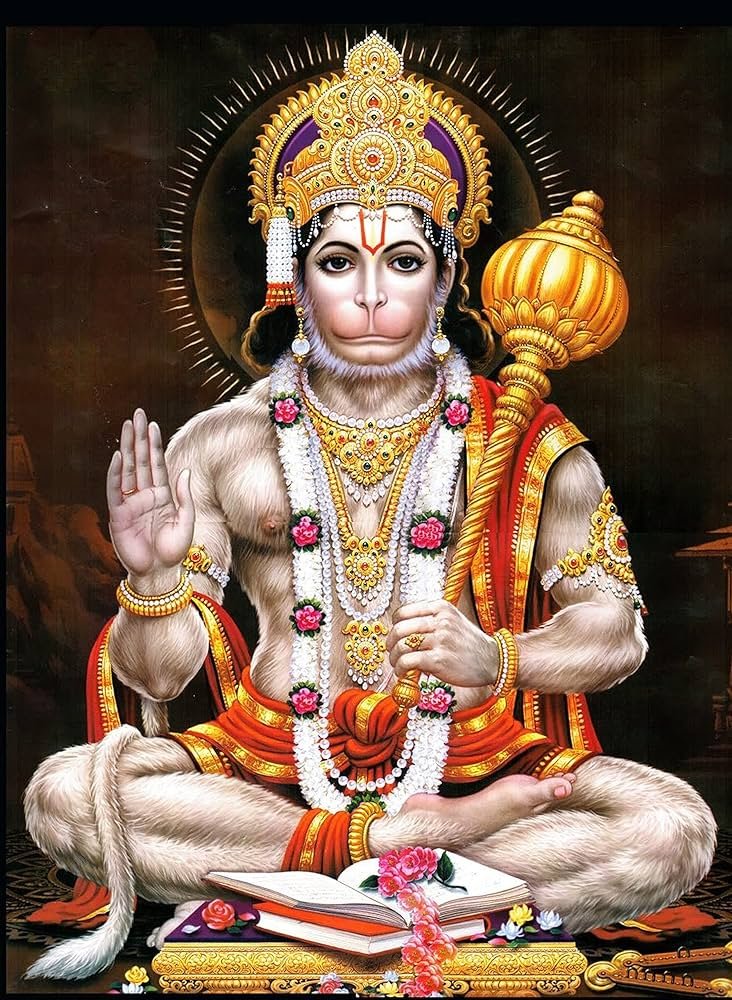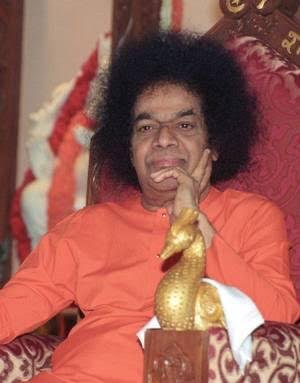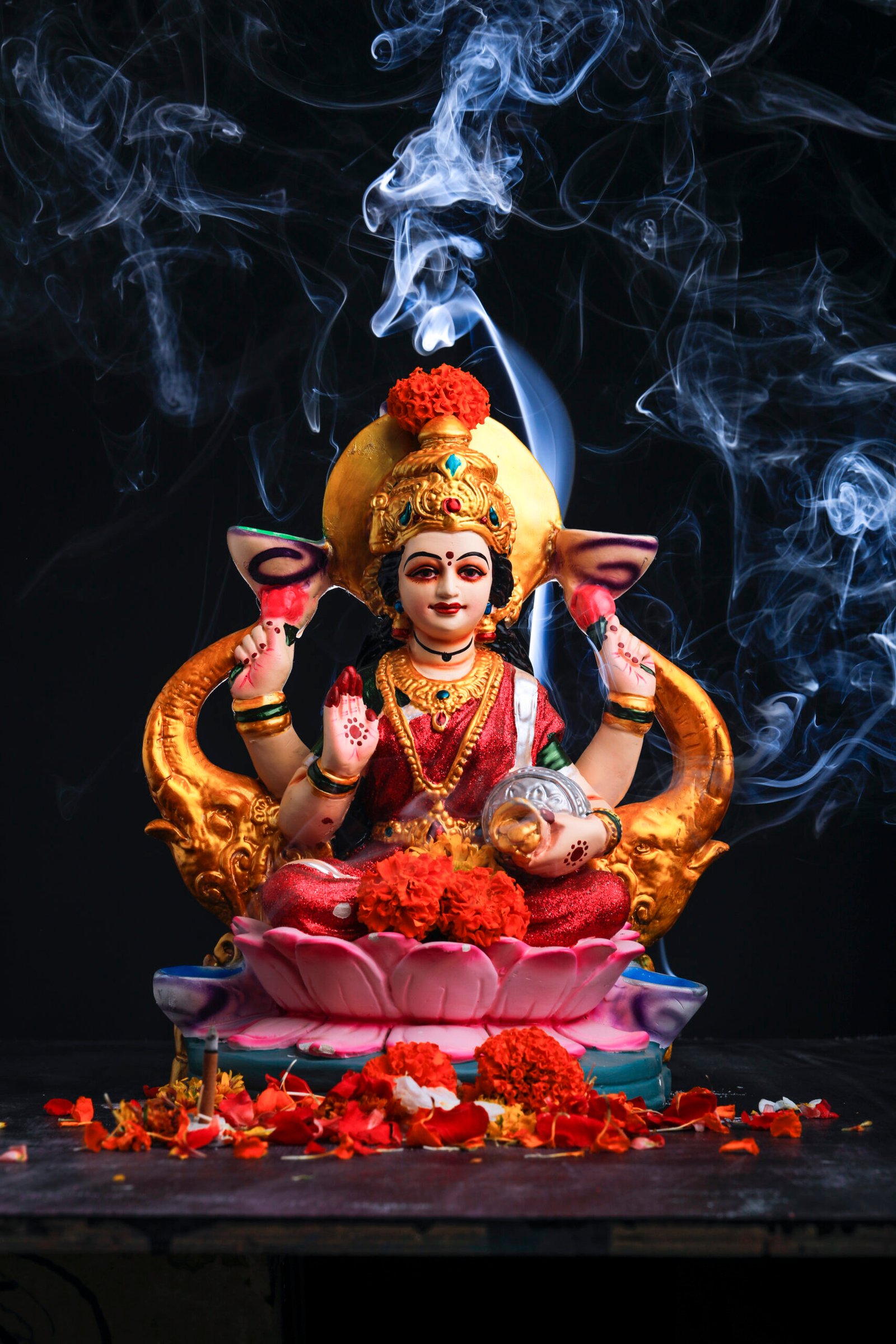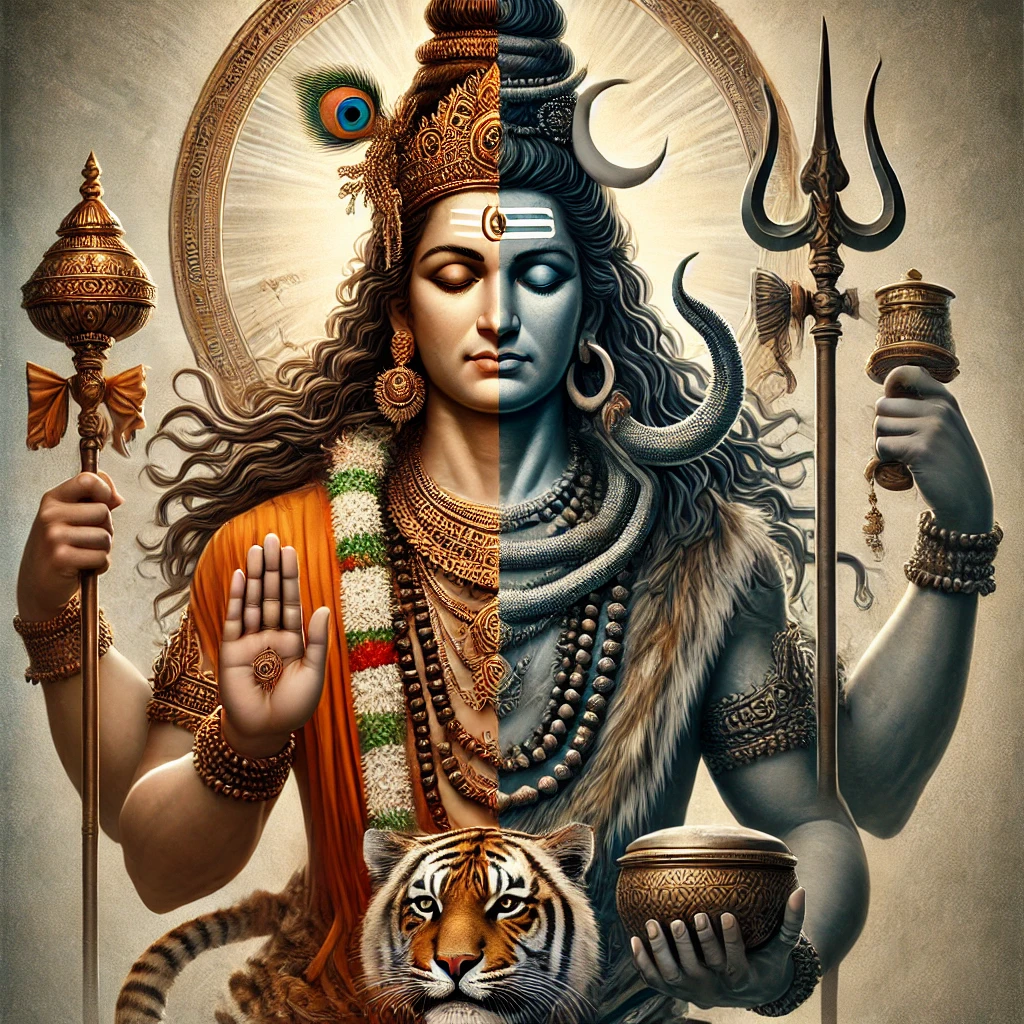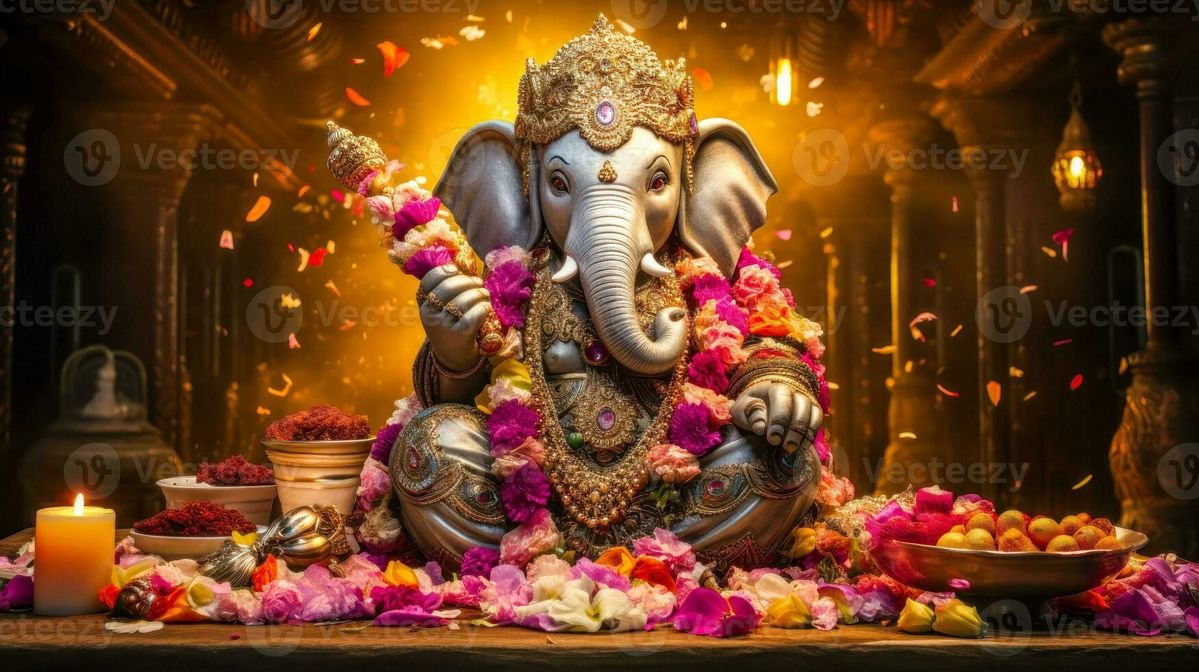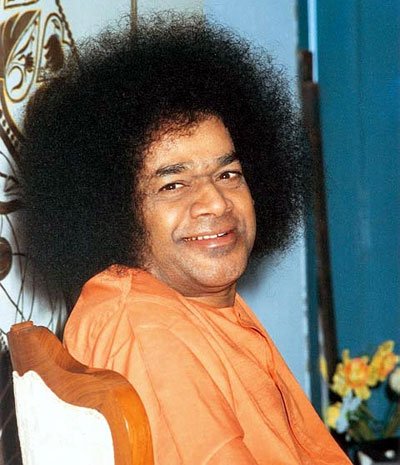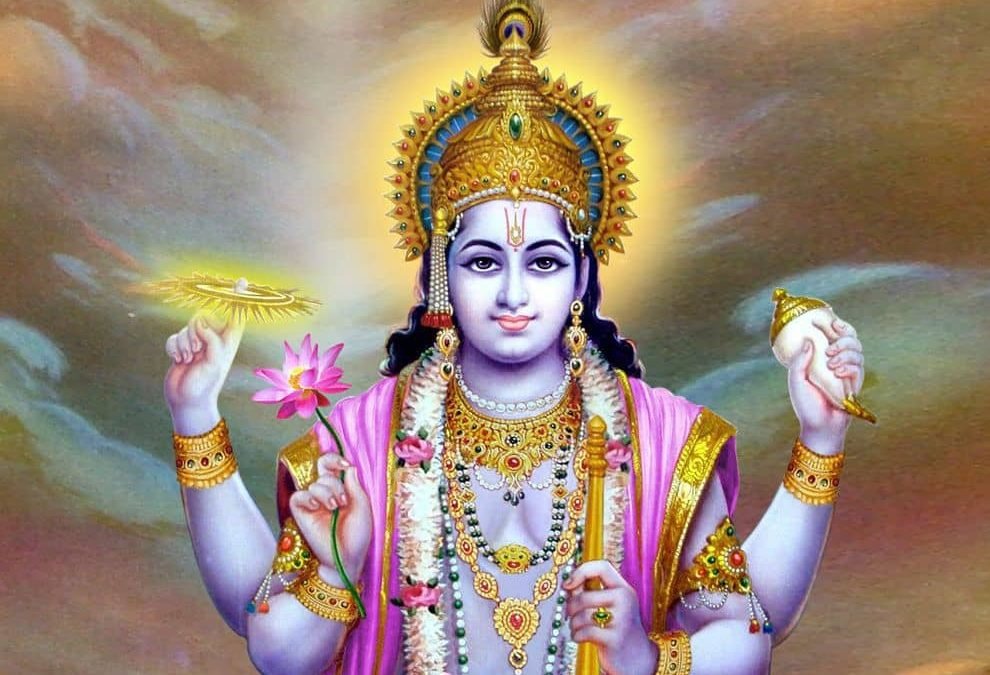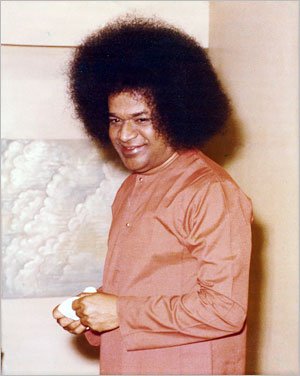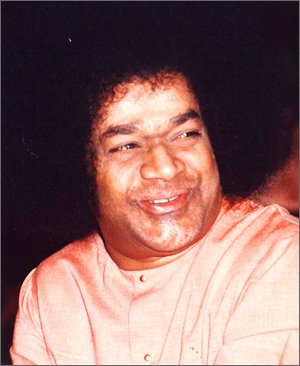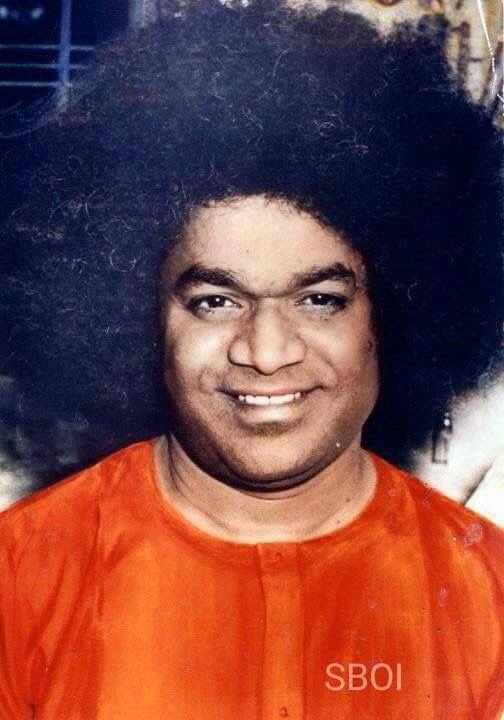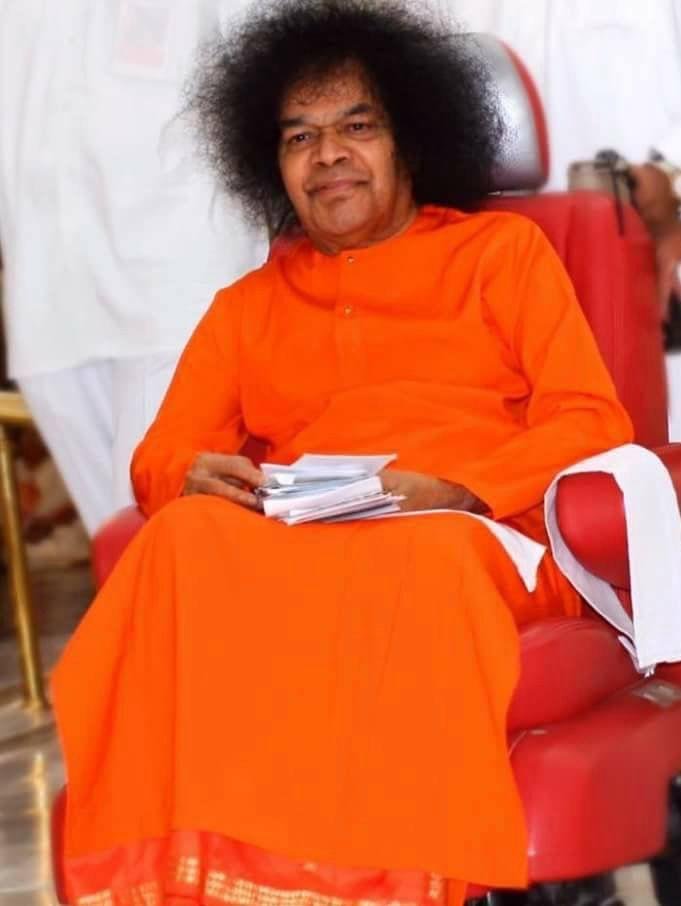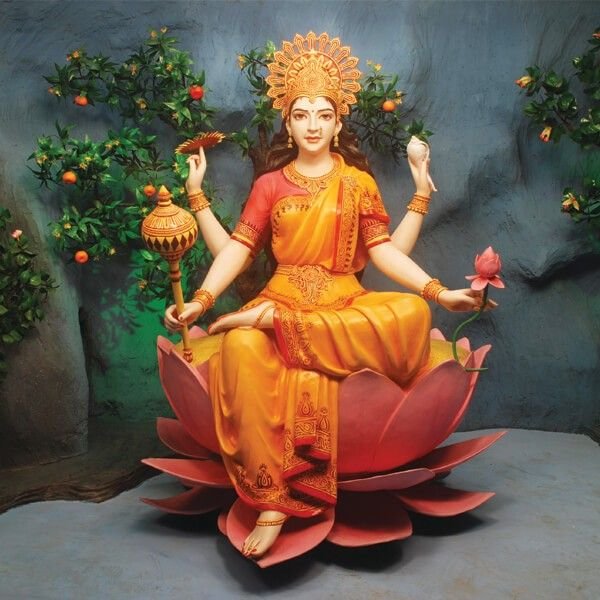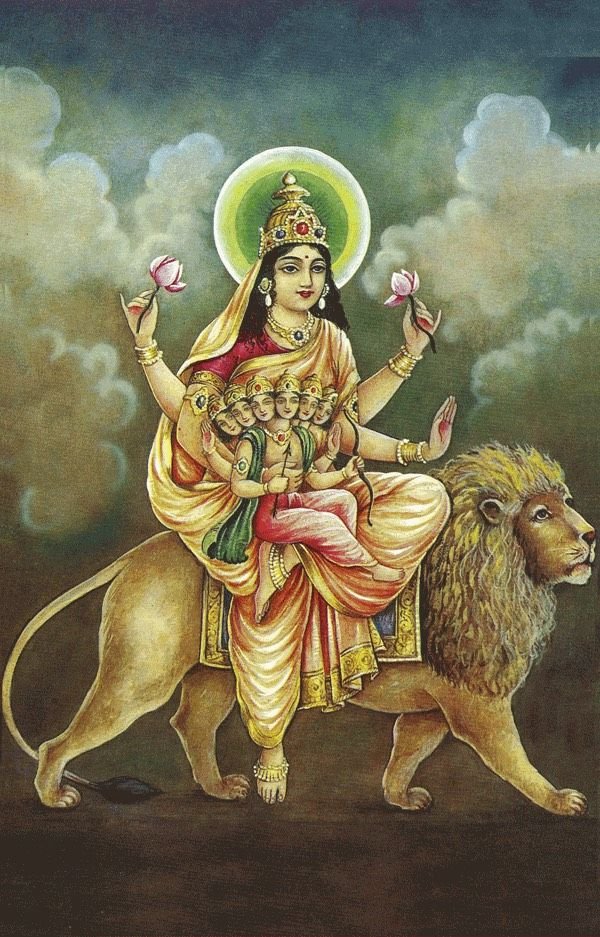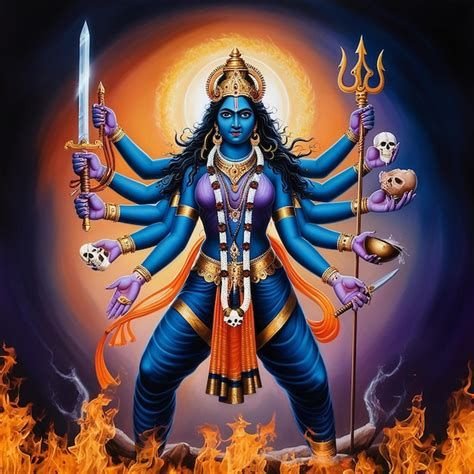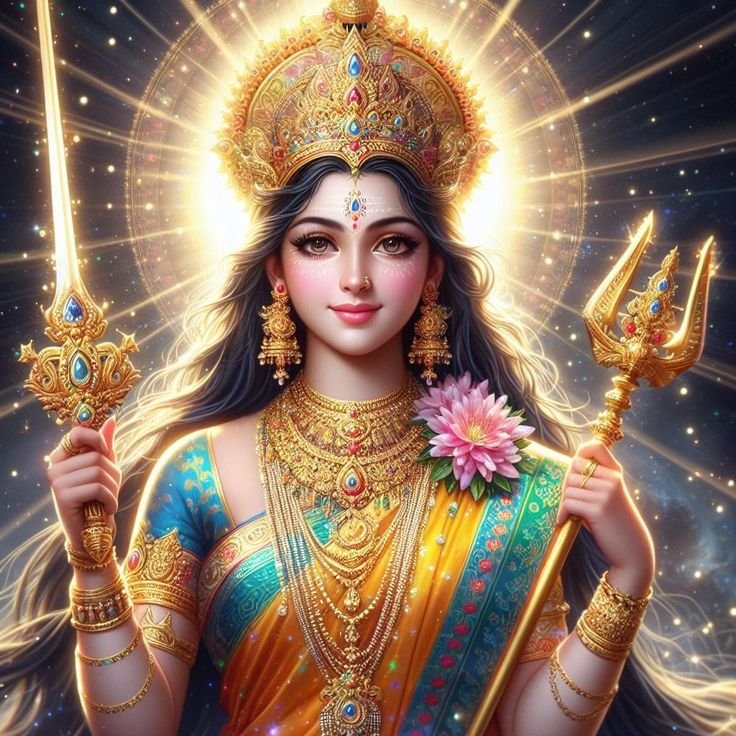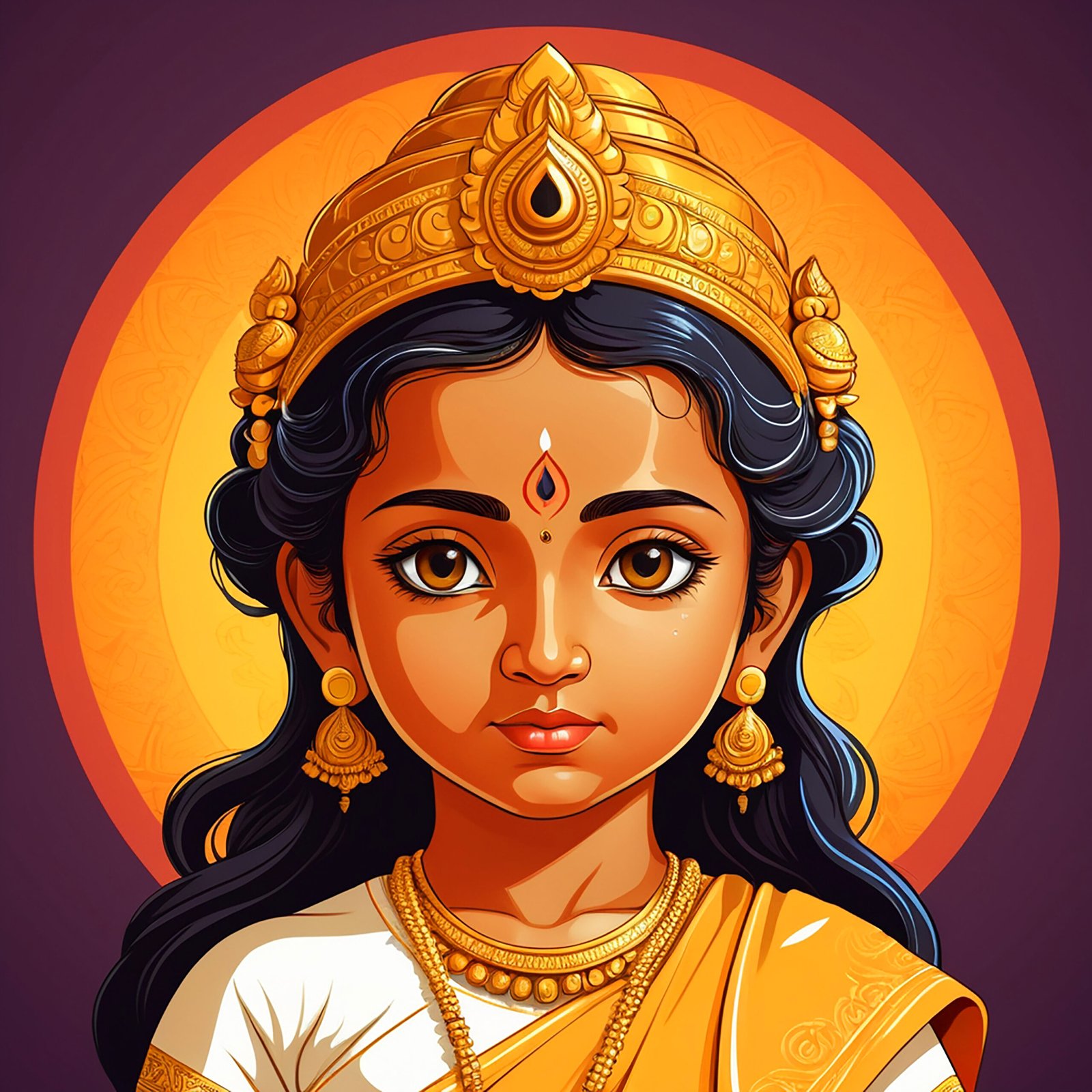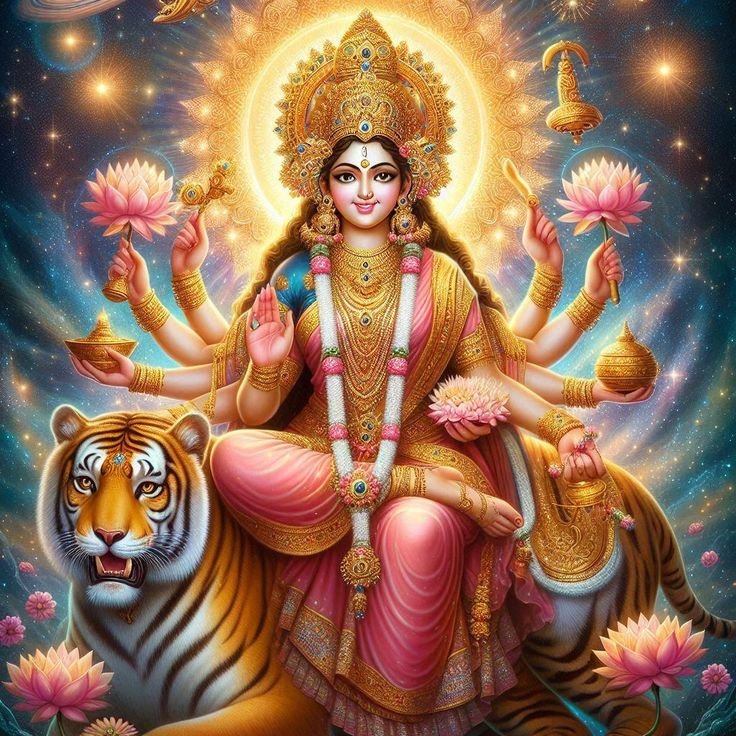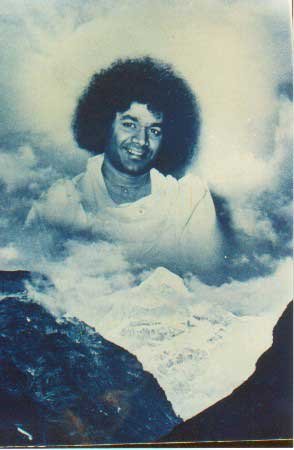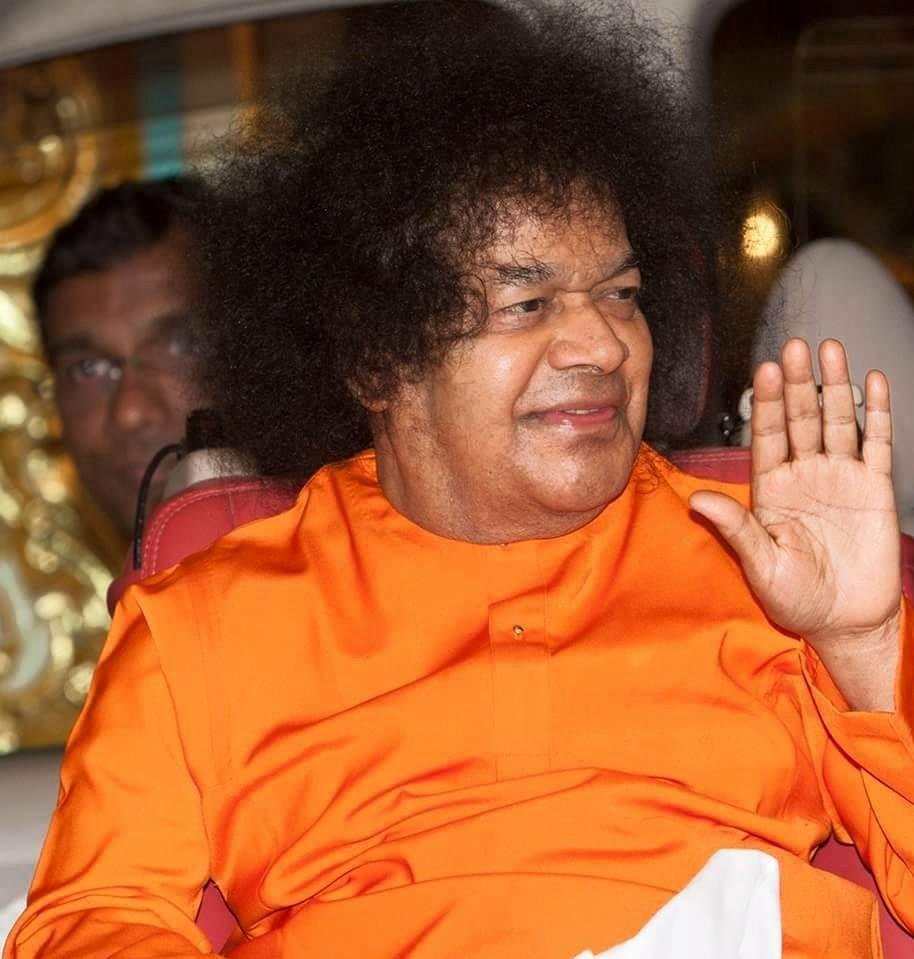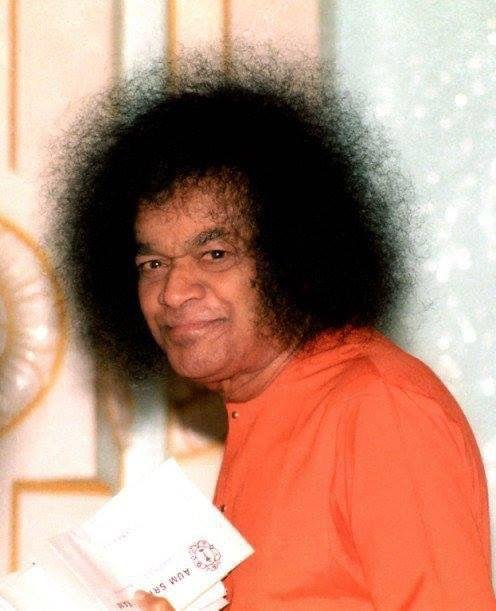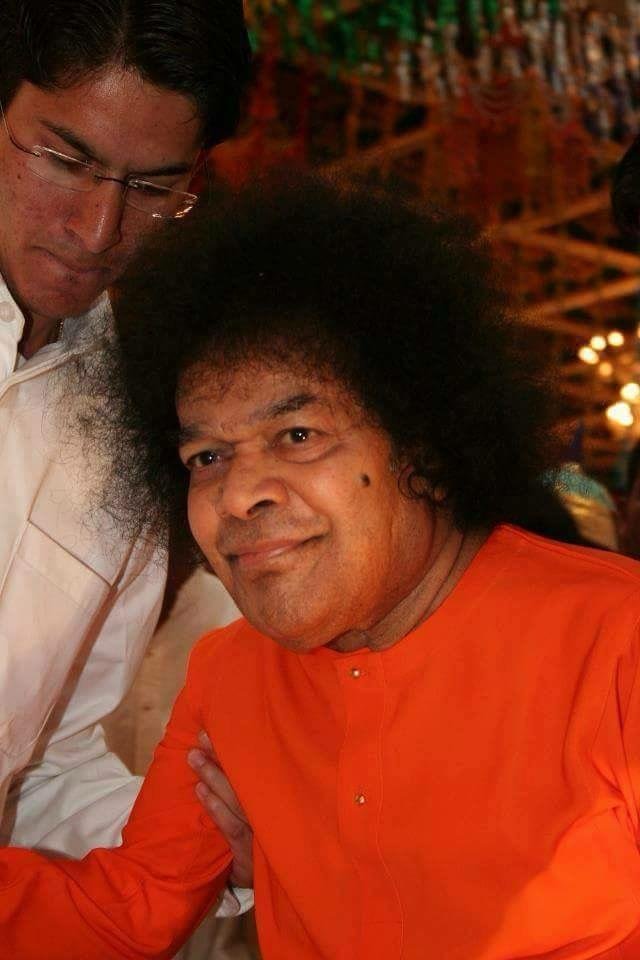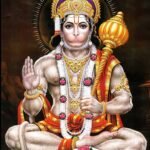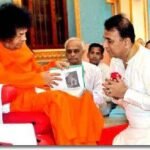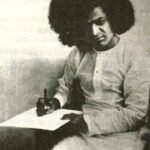Sri Ramakrishna

India, with her wealth of spiritual tradition, has produced many spiritual giants. One of the greatest was Ramakrishna (1836-1886).
His life was a testament to truth, universality, love and purity. Born in a rural village outside Calcutta, Ramakrishna even as a boy naturally gravitated toward leading a spiritual life. This tendency only intensified as he grew older. When as a young man he became a temple priest, he was seized by an unquenchable thirst for union with God, and he immersed himself in intense meditation and other spiritual practices. Ramakrishna was constantly absorbed in the thought of God. He would often go into high spiritual states where he would merge with the Infinite Reality. For him, the Vedantic teaching of unity of all existence was more than theory; he literally saw, and knew, this to be true.
In his thirst for the divine, Ramakrishna followed different religious paths including various branches of Hinduism.
Not content to stop there, however, he also practiced Islam and later meditated deeply on Christ, experiencing the same divine Reality through these non-Hindu paths. Thus, he came to the conclusion, based on his direct experience, that all religions lead to the same goal.
In addition, through his many Sikh devotees, he learned of their faith and its great founders, and he was told of the wonderful life and teachings of the Buddha. This exposure to Sikhism and Buddhism further confirmed his experience of the universality of spiritual truth.
Ramakrishna’s love for humanity was limitless. He often said human beings were the highest manifestations of God. His disciples saw this love firsthand, and the monastic order Ramakrishna inspired achieved the distinction of being the first order in India to serve humanity. Service to God in humankind is one of the foremost ideals of the Ramakrishna Order.

Among his many other noteworthy characteristics were his universality and childlike purity, his intense sincerity, his vast knowledge of things spiritual and human (which came not from book-learning but from direct perception), and his extraordinary power to transform lives.
Ramakrishna’s teachings regarding the highest truths of spiritual life were delivered in the simplest language and were punctuated by parables and homely metaphors as illustrations. Many noted writers and philosophers—Mahatma Gandhi, Leo Tolstoy, Aldous Huxley, Christopher Isherwood, Thomas Merton, Arnold Toynbee, Joseph Campbell—have been deeply impressed and influenced by him.

THE MASTER WITH THE LOWLY AND HUMBLE
No person is too lowly for God’s grace, as the familiar story of Rasik, the sweeper of the Dakshineswar Temple courtyard and steps, illustrates. Rasik was simple and guileless; his pure heart longed only for God but he suffered under the restrictions of his caste and lowly status. He craved to approach Shri Ramakrishna, whom he called “Father” but suffered under the restrictions of his caste and lowly status. He could only watch with longing as others came close to the Master and were redeemed. He wept much for Shri Ramakrishna’s grace. One day, he prostrated himself before Shri Ramakrishna as he was returning from the Panchavati, absorbed in a spiritual mood. “What will happen to me?” he cried. Ramakrishna’s heart was very much touched by Rasik’s wretched condition. Gazing at Rasik with full compassion, he gave him his greatest blessing: “You will see me at the time of death.”
Two years after the Master’s demise, Rasik became feverish and gravely ill. He rejected all medicines. He only accepted the sanctified water (Charanamrita) which sustained him and gave him some energy. The fever ended. He spent his waking hours chanting God’s name and praying earnestly for His grace. Lying on a mat in his tulsi grove, his rosary in hand, the blessed Rasik died with full consciousness visualizing the presence of the Master. Shri Ramakrishna’s great assurance to Rasik was literally fulfilled.
Rasik’s story has been well documented. A similar event occurred in the life of Hazra, who is familiar to all readers of the Gospel of Sri Ramakrishna. Hazra used to call Swamiji his friend; when Swamiji intervened on his behalf, Shri Ramakrishna was constrained to grant Hazra his grace. Hazra died peacefully and happily in a manner similar to Rasik.
Dina Mukherjee was another very good devotee who lived near Baghbazaar. He was very poor. The Master so loved the pure in heart that he did not wait to be invited to their homes. One day Ramakrishna asked Mathur to take him to Dina’s house. It was so small and crowded with people that they could not find a place to sit. On their way back to Dakshineswar, Mathur complained to Ramakrishna about these inconveniences but the Master remained very lighthearted about it.
It is well known that Chandra Haldar, a priest of the Kali temple at Kalighat and Mathur’s family priest, was envious of Mathur’s steadfast loyalty to the Master. He had applied all his magical art to control Mathur and was convinced that the Master had secretly cast a stronger spell over Mathur to make him his loyal devotee. For this reason, he asked Shri Ramakrishna to teach him the alleged charm-like mantra so that he could control Mathur and captivate the minds of other influential people. The Master repeatedly told Haldar that all devotees came due to the grace of the Divine Mother and not through some magic formula. Haldar did not believe him. He kept insisting that Ramakrishna teach him the secret art of controlling others. Haldar’s failure to extract a magical formula from Shri Ramakrishna festered long in his mind. He had no genuine interest in spirituality.
Haldar often visited Mathur’s Janbazar house. One day he arrived at Mathur’s house and found the Master there alone in a poorly lit room. Ramakrishna was lying on the floor in an ecstatic mood. Looking down at him, Haldar was convinced that the Master was only pretending to be in a state of Samadhi in order to impress Mathur and gain his financial

support. The sight of Shri Ramakrishna in Samadhi at Mathur’s house was more than Haldar could tolerate and all his accumulated anger and jealousy were released. He kicked the Master several times as he lay there on the floor. The boots he was wearing left black marks where they struck the Master’s body.
Girish Chandra Ghosh was a great devotee of Shri Ramakrishna. He was already a hopeless Bohemian the first time he came before the Master. His personal account of Shri Ramakrishna’s love for him is familiar to all of us. In spite of the well-known fact that the Master’s purity would not allow him to touch any impure person, still, Shri Ramakrishna made Girish feel his eternal love.
Girish could hardly control himself when he was drunk, and one evening, he was drinking heavily with friends and talking about the Master. Around 11 pm, Girish felt such a strong urge to see Shri Ramakrishna that he went to the Arhiritola Ghat and hired a boat to take them to the Master. They reached Dakshineswar after midnight. Finding the Master’s door open, they saw that he was in a state of ecstasy. Notwithstanding, they staggered in and bowed low before him. He was not repulsed, nor did he accuse his drunken visitors. With unfathomable compassion he set about to transform them. Taking hold of their hands he began to dance and sing, drawing them nearer and nearer to God:
I drink no ordinary wine, but Wine of Everlasting Bliss,
As I repeat my Mother Kali’s name;
It so intoxicates my mind that people take me to be drunk!
How could they resist his love? The intensity of his God-intoxication overwhelmed them. Two hours passed in this way; Girish emerged sober from this extraordinary experience. He gave his own testimony of Ramakrishna’s expression of genuine love for him, though he had visited the Master in that shameful state:
One night, in a euphoric and drunken mood, I was visiting a house of prostitution with two of my friends. But suddenly I felt an urge to visit Sri Ramakrishna. My friends and I hired a carriage and drove out to Dakshineswar. It was late at night, and everyone was asleep. The three of us entered Sri Ramakrishna’s room, tipsy and reeling. Sri Ramakrishna grasped both my hands and began to sing and dance in ecstasy. The thought flashed through my mind: “Here is a man whose love embraces all—even a wicked man like me, whose own family would condemn me in this state. Surely this holy man, respected by the righteous, is also the saviour of the fallen.”

On September 21, 1884, Shri Ramakrishna left Dakshineswar to see a performance of the religious play of Shri Chaitanya’s early life, Chaitanya Lila, at the Star Theatre. Girish had selected the actress Binodini for the main role of Shri Chaitanya. In spite of her unchaste lifestyle, Shri Ramakrishna praised Binodini and blessed her profusely after the performance. The Master poured his love upon her by pressing his hands on her head with the words, “Mother, be illumined.”
After receiving Shri Ramakrishna’s blessed touch, Binodini began to regard him as the living God. He fulfilled her longing to see him again during his last days at Shyampukur. There, he spoke briefly with her and was satisfied that she had improved her way of life. He gave her some simple spiritual instructions “that she might have faith in and reliance on God, and bade goodbye to her soon afterwards. She shed tears of joy and repentance, touched adoringly his holy feet with her head and went away . . .” She touched his feet when he was in an ecstatic mood. In her autobiography, Binodini wrote, “I don’t care if people of the world look down upon my sinful life. I was blessed by Sri Ramakrishna. His loving, hopeful message still sustains me. When I am terribly depressed I see his sweet, compassionate face in my heart and hear his voice, “Say Hari guru, guru Hari (God is your guru, and the guru is your God).” To her credit, after the passing away of Shri Ramakrishna, Binodini, at the height of her career, voluntarily gave up her profession (on January 1, 1887). She married and began to live normally. She proceeded to worship God with devotion. We do not want to elaborate further.
What Others Said About Sri Ramakrishna
“The story of Ramakrishna Paramahamsa’s life is a story of religion in practice. His life enables us to see God face to face.”
—Mahatma Gandhi
“Ramakrishna’s teachings on the essential unity of the great religions comprise Hinduism’s finest voice on this topic.”
—Huston Smith
“Sri Ramakrishna’s message was unique in being expressed in action. Religion is not just a matter for study, it is something that has to be experienced and to be lived, and this is the field in which Sri Ramakrishna manifested his uniqueness. His religious activity and experience were, in fact, comprehensive to a degree that had perhaps never before been attained by any other religious genius, in India or elsewhere.”
—Arnold Toynbee
“Ramakrishna was a rare combination of individuality and universality, personality and impersonality. His word and example have been echoed in the hearts of Western men and women. His soul animates modern India.”
—Romain Rolland
“This highly noteworthy document [The Gospel of Sri Ramakrishna] conveys the personality of a great mystic in such an intimate, direct, and almost astounding manner that to read it must be an enriching experience for any intellect which is receptive and open to all things human.”
—Thomas Mann
“This is the story of a phenomenon.”
(Isherwood’s opening sentence in Ramakrishna and His Disciples.)
—Christopher Isherwood

